

Dear readers,
"Was this supposed to be a caravan?" asks one Facebook user in his comment on the first photos of the new Dufour 41 on our website. Another adds: "It would be nice if it was nice." To answer the question and put the statement into perspective: Yes it should be a caravan, a cruising boat should be easy to live in and move around in. A lot of space for a lot of comfort is a basic requirement, and the industry is currently pushing the realisation of this customer wish to the extreme. Each new model is wider than the last. But that's not all: the designers are brutally stretching the given length through the shape of the hull: The hulls are getting wider, but remain so at the stern. They grow in height and become round at the front; viewed from above, they have the outline of an ironing board. The almost motorboat-like appearance is complemented by almost vertical freeboards, which only taper to a narrower waterline below the chine.
In addition to a welcome feeling of spaciousness, these measures simply provide more room for people and equipment. Up to four cabins and three toilets are possible from around 40 feet. Three! Who needs that?
Collective diarrhoea caused by spoilt fish at the crew dinner is hardly reason enough to provide three rooms and installations as a precaution. One wet room per cabin may be a customer requirement in the charter scene, okay. But then again: four cabins on 40 feet? That means an occupancy of up to eight people, not including the sleeping space in the saloon. Eight people who first have to be accommodated in the cockpit while sailing, eating or drinking. Dufour does it consistently, the cockpit can actually be used for more than ten people thanks to a bench seat running aft in the cockpit across the wide stern. The downside of the desire for many bathrooms and a large cockpit: the saloon has to shrink. This is acceptable for use as a charter yacht as well as an owner's boat. Some are usually travelling in warm weather and others with smaller crews.
So the modern hulls make perfect sense, but are they also attractive? Torsten Conradi, head of the renowned design office Judel/Vrolijk: "The taste of cruising sailors usually follows what is modern on the regatta course. This characterises the idea of modern, fast boats." While IOR, then IMS and later ORC used to set the style in Germany, the French offshore scene is increasingly influencing the visual fashion. Imocas and Class 40 are wide for a lot of dimensional stability and good gliding properties and round at the front for a lot of buoyancy. Contemporary cruising yachts in particular are modelled on this, even if the shape serves a different purpose. Modern cruisers are four-fifths French in character. Beneteau, Jeanneau and Dufour are built on the other side of the Rhine, while Hanse is supplied by a design team from La Rochelle. And Bavaria is also following the trend.
Modern boats can be ugly, no question about it. But who wants to sail on a flat, narrow and even narrower boat these days? Who can cope with a dog bunk in the stern and crawl height and doesn't need a shower on board, even though the boat is 35 feet and larger? Why don't the mass-produced shipyards build boats like the Luffe, Faurby or Aphrodite? The market has sorted it out. The development follows the general desire for more comfort, which has long since brought us furling mainsails, stern thrusters, washing machines, televisions and dishwashers on board.
Nobody has to buy them, but most people do. Everyone as they wish. Fits.
Fridtjof Gunkel,
Deputy Editor-in-Chief YACHT
Newsletter: YACHT-Woche
Der Yacht Newsletter fasst die wichtigsten Themen der Woche zusammen, alle Top-Themen kompakt und direkt in deiner Mail-Box. Einfach anmelden:
Click to see through
The week in pictures:
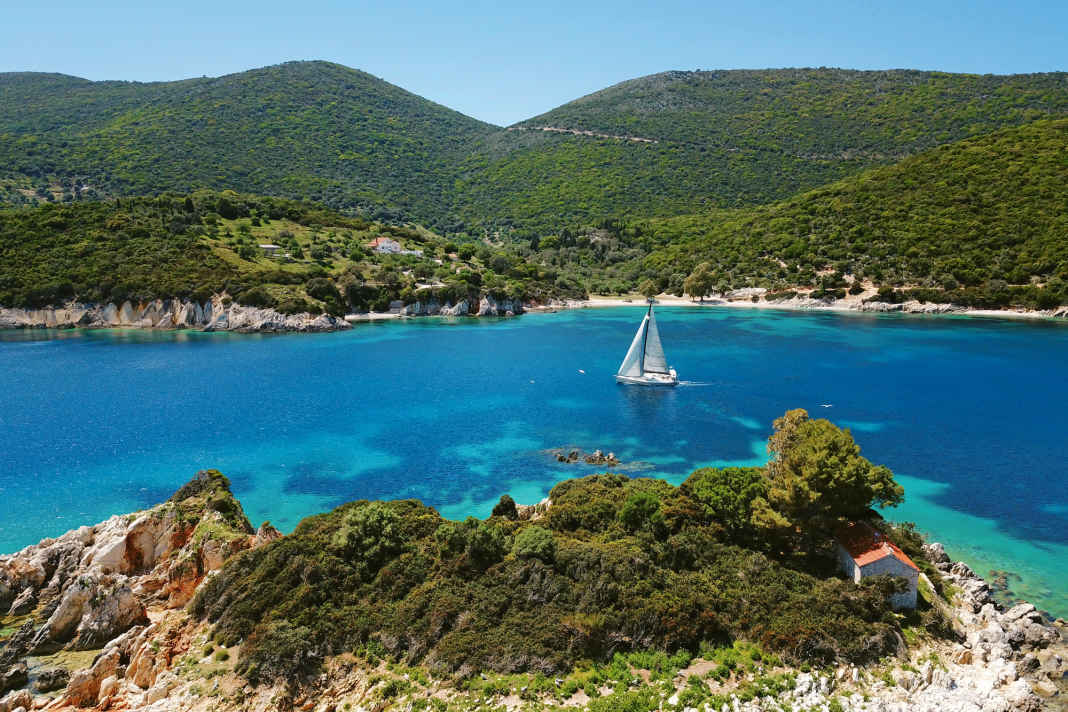





Recommended reading from the editorial team:

Globe40
Burke and Fink halve 500-mile gap in three days
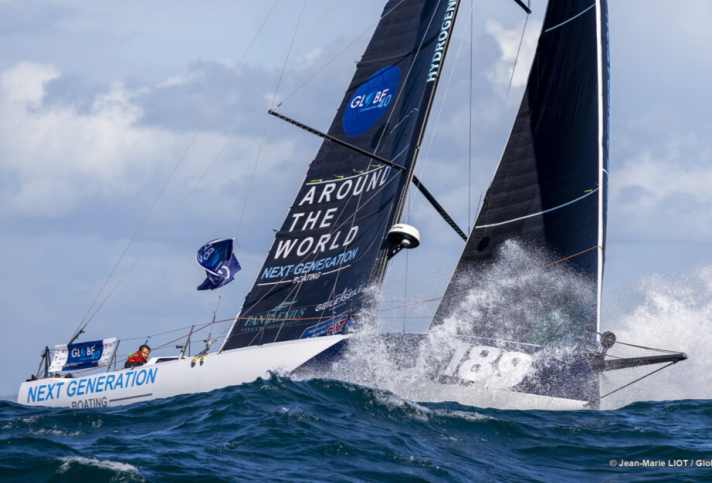
Lennart Burke and Melwin Fink experience furious days on stage two in Globe40. They have halved a 500-mile gap to the Cape of Good Hope.
Boris Herrmann
"Feuer frei" - new boat, new book, lots of plans

Boris Herrmann is once again the talk of the town: the Malizia founder and six-time circumnavigator is presenting a new book and has exciting plans for the future.
Pure Yachts
First aluminium deck saloon yacht from young Kiel shipyard
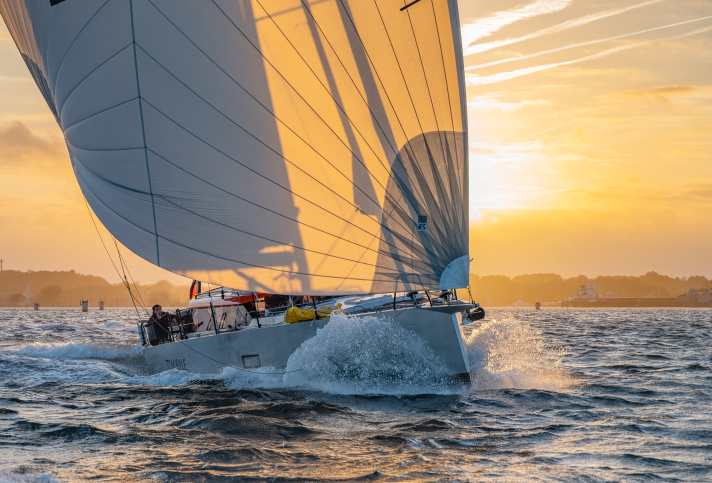
The Pure 42 floats. The boat and shipyard have completed their first test run and are now facing off against the competition in Barcelona for the European Yacht of the Year award.
Small cruisers
Seven in one go - which fun box performs best in comparison?
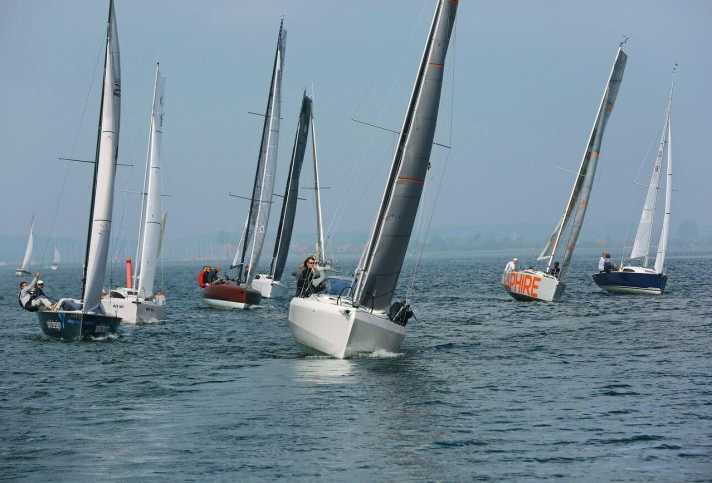
Modern, high-performance small cruisers vary greatly between sportiness and comfort. A comparison of seven such fun boats
400 Islands Race
New bucket list race from the Kiel Yacht Club
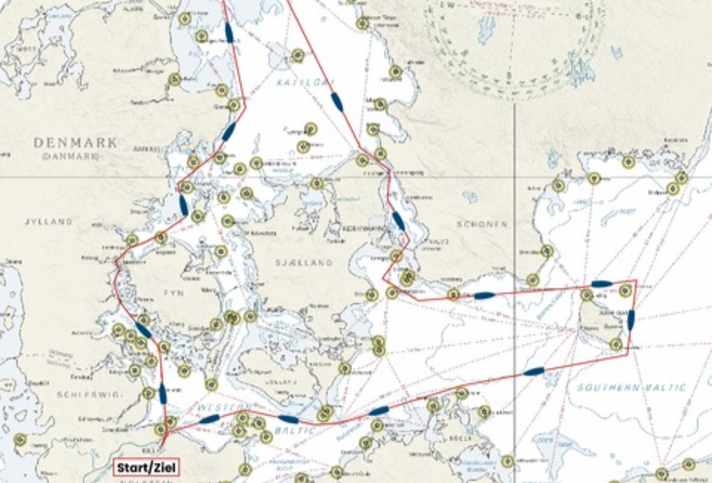
With the 400 Islands Race, the Kiel Yacht Club is introducing a new bucket list Baltic Sea regatta to the sailing game. The 700-nautical-mile race is due to start in 2026.
Garmin OnBoard
Wireless MOB system with motor switch-off
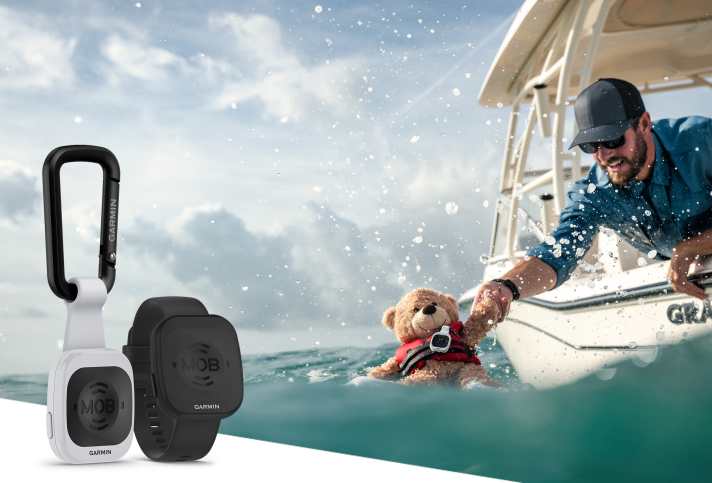
With OnBoard, Garmin presents a wireless man-overboard system that switches off the engine in an emergency and saves the position. The system can monitor up to eight people or objects at the same time.
The flood of the century
The storm surge night of 20 October 2023 on the Baltic Sea
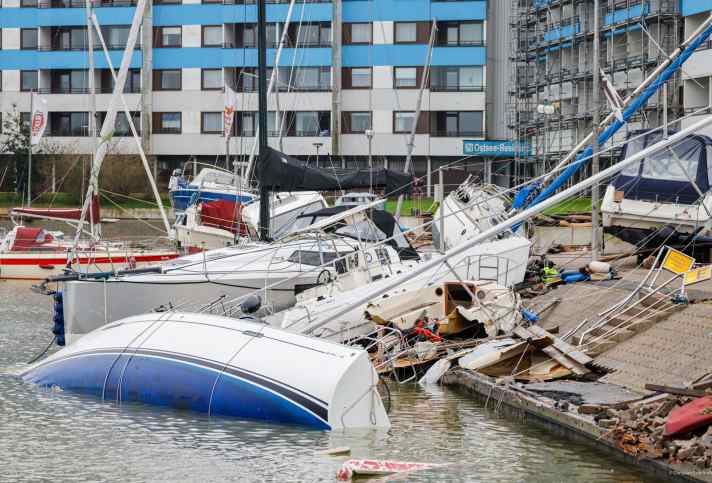
On the night of 20 October 2023, the Baltic Sea coast experienced the worst storm surge in 150 years - harbours such as Schilksee and Damp resembled a battlefield, over 150 yachts sank and hundreds were destroyed. Reconstruction cost more than 200 million euros and is still ongoing to this day. Two years on, we take stock: what happened on that night of horror, how did the reconstruction go, and are we better prepared for the next flood of the century?
Nautitech 41 Type S
New standards for the small entry-level class
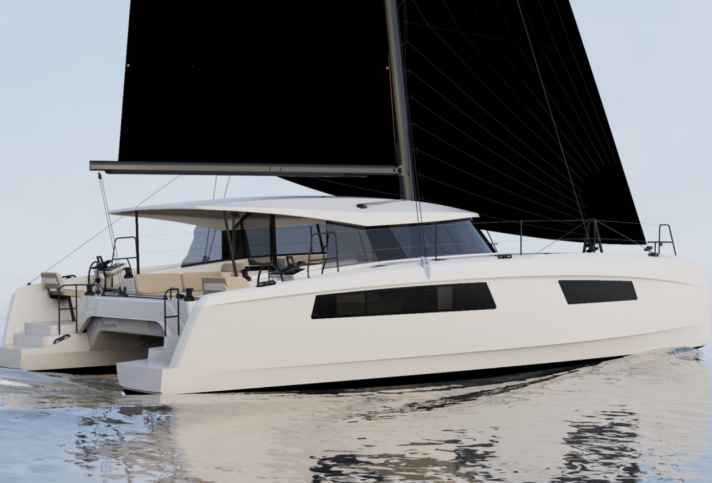
Nautitech Catamaran is launching a new model for the popular and highly competitive entry-level class. And the shipyard is also upping the ante when it comes to the sportiness typical of the brand.
Long-distance sailing
Watch out, tax trap!
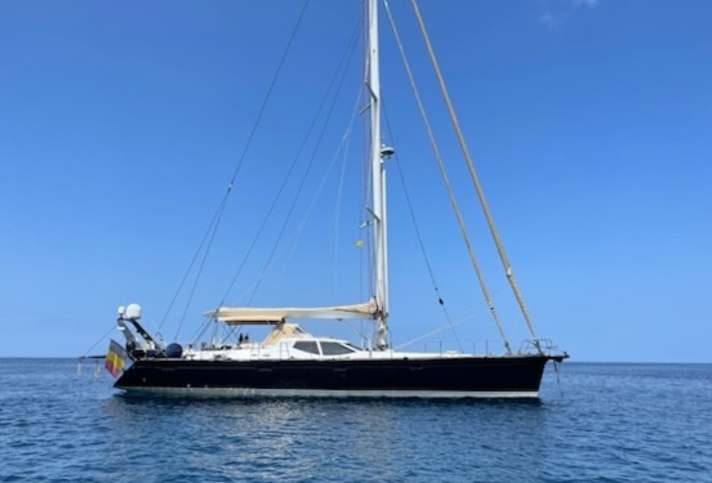
Anyone returning to EU waters with a yacht after a long period of time must expect an unpleasant visit from customs. A recent case and the background.
YACHT readers' trip
On the "Sea Cloud II" 900 nautical miles through the Caribbean
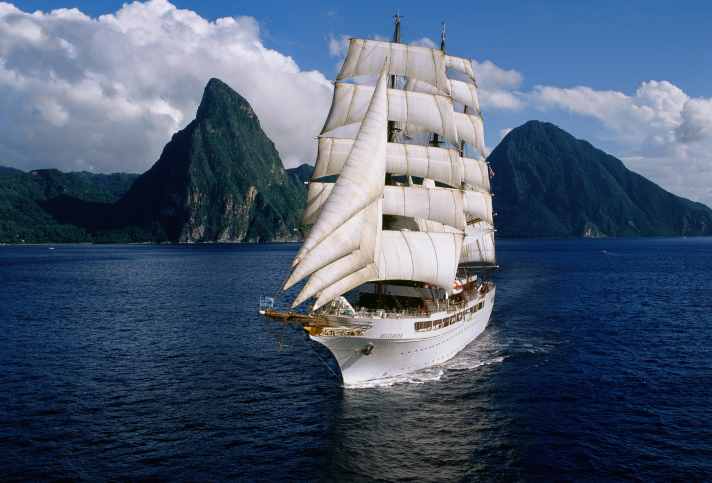
The multifaceted YACHT readers' trip through the Caribbean dream destination starts on 6 March and takes us through one of the most beautiful sailing areas in the world in ten days.
Newsletter: YACHT-Woche
Der Yacht Newsletter fasst die wichtigsten Themen der Woche zusammen, alle Top-Themen kompakt und direkt in deiner Mail-Box. Einfach anmelden:
